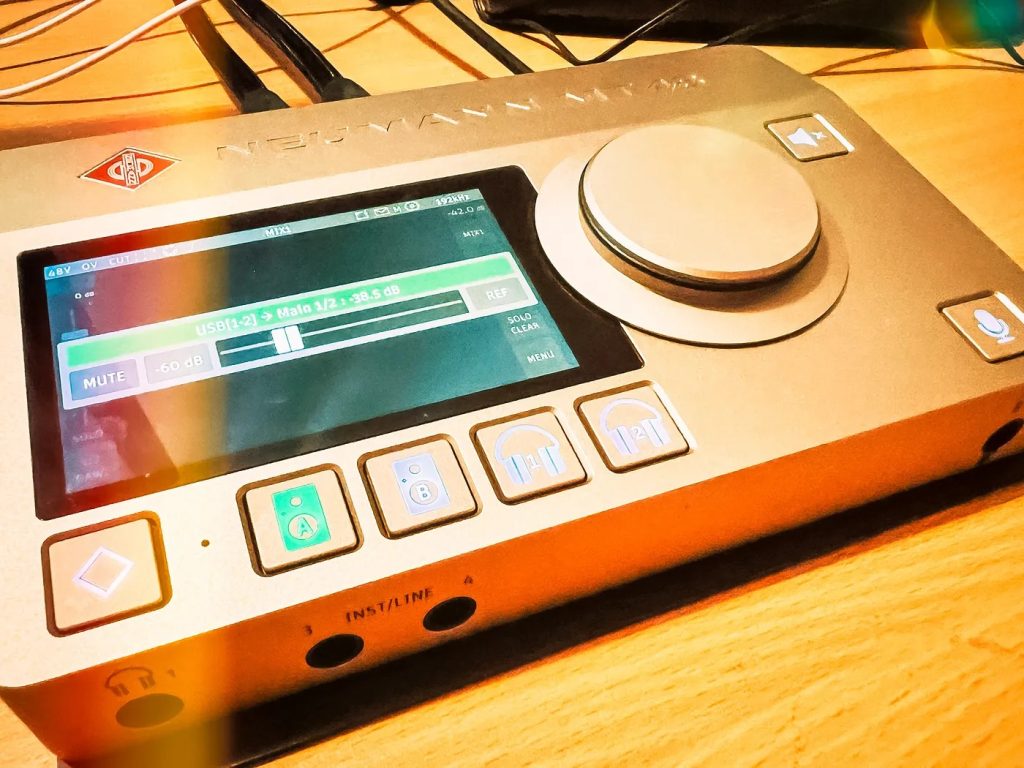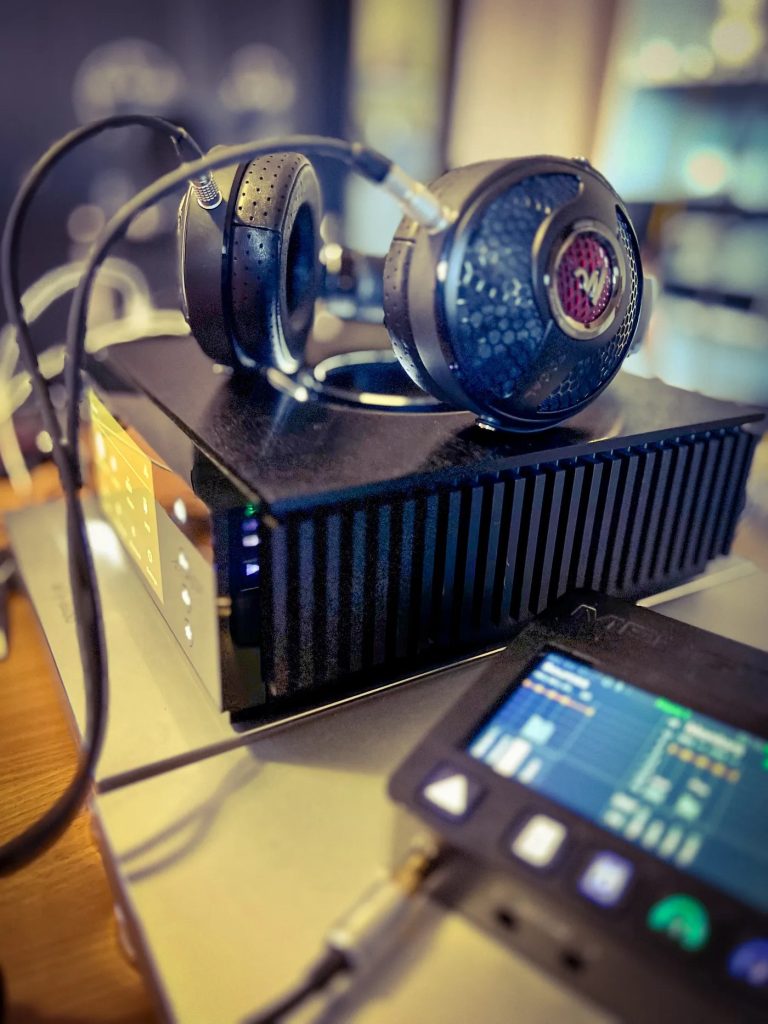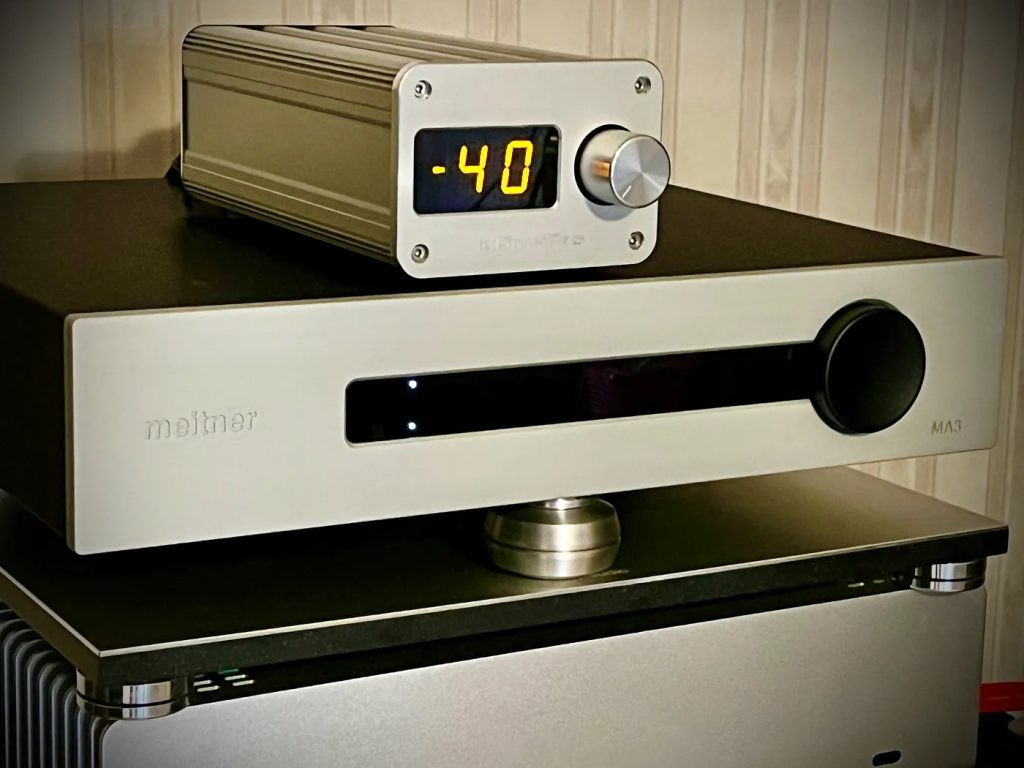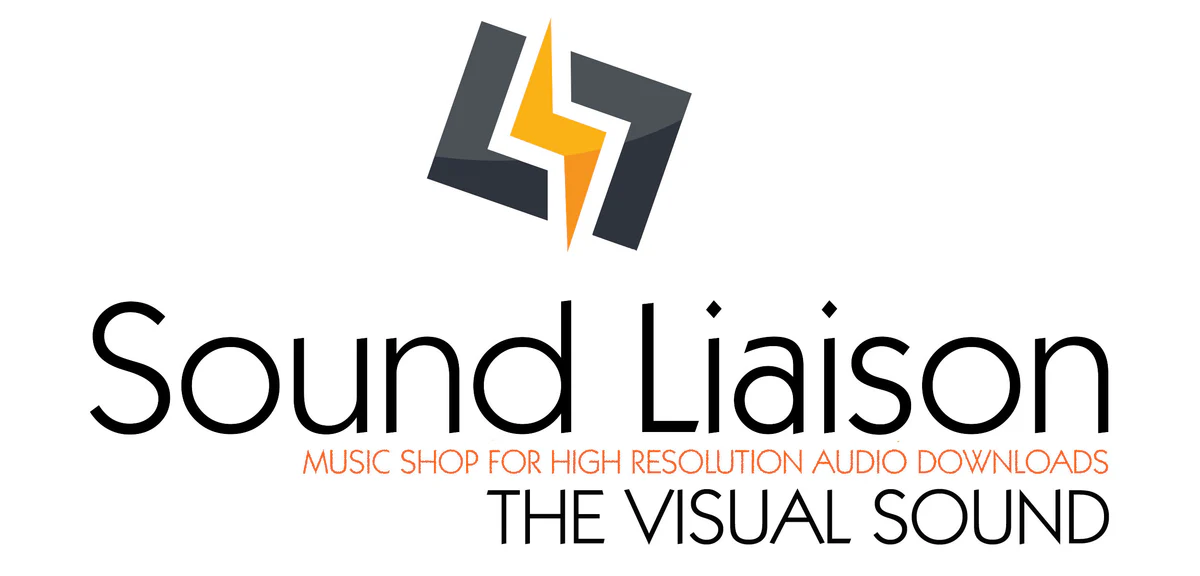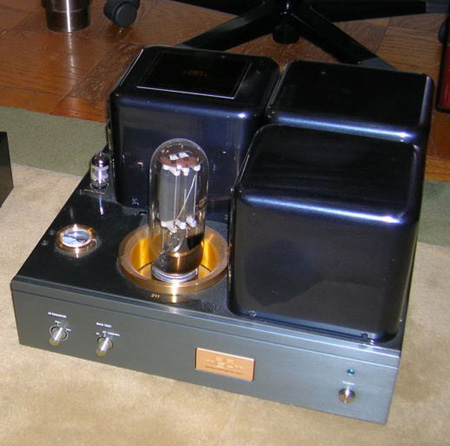I'm pleased to introduce this article by my audio friend, Ferenc Koscsó, founder of My Reel Club™ and eminent recording engineer. As so often in today's world, Ferenc (who lives in Budapest) and I have never met in person, but over the past five years we've shared many online communications about things audio. His goal in founding My Reel Club has been to create opportunities for audiophiles to attend a live performance and to then compare the recording of that live performance in various audio formats (analog reel-to-reel, DXD and DSD256). Other comparisons are regularly pursued, as well.
In this article, Ferenc discusses some of the issues that may exist in our home systems that influence how we experience (hear) different streaming services. Our experiences in the United States may differ somewhat from Ferenc's experience in Hungary, but I think there is much to be drawn from his analysis that will be applicable to anyone's search for best sound quality. Links to some free sample downloads are included in the article.
Ferenc originally posted this article to his blog hosted at Medium.com (direct link to the original article HERE) on March 10, 2024. It is reposted below (with some light edits) with his kind permission.
It could be said generally—in a simplistic way—that all streaming services are cloud storage and media management platforms.
Not audio services.
As audiophiles, our curiosity is piqued by the quest for the best. The most common discussions in our circles revolve around comparing high-end audio devices and services. This post, however, takes a different route. It's not about pitting streaming services against each other but delving into the nuances that can make a difference in our home audio systems, particularly with high-res audio streaming services.
For us audiophiles, it is not just a matter of opinion. We can discern significant differences when listening to reference music on our home audio systems. It's common for us to say, "X service sounds better than Y."
Now, let's delve into the fascinating world of streaming technology and how it can shape our home audio experience. Understanding this can genuinely enhance our appreciation for the audio quality we enjoy.
Most of streaming services common solutions from cloud storage/processing providers (like Amazon) and do not build their own. An exception is Spotify, who uses its core media management (HERE) and Google's storage/processing platform (HERE).
Side note: Netflix, who is using so called adaptive variable bit rate streaming (HERE) moved to Amazon (HERE) from its own, spending well over 100 million USD for the migration in a few years (HERE).
From an IT point of view, practically all the routes to your home are the same as those of the different streaming services. After sending a REST/API request to the service from our playback application, the TCP stream will appear in our playback device's memory, using a few ports and going through the streaming service, load balancing infrastructure, being buffered several times while the audio files chunks reach our network card. The chance that the IT path and load balancing solutions are altering the files is very close to zero—as one can say, bits are bits. It can influence only the latency (and in some way on the buffering, but buffering at the Telco infrastructure level does not have any meaningful influence on the sound quality at home); it definitely does not change the file itself. The effect of a changing Telco latency on the home audio can be considered zero, too (my estimation with no scientific proof).
So if the:
- Uploaded master files are the same,
- If we estimate that high-res streaming services do not alter the uploaded file in any way (I have no proof; it is just my estimation, and I hope they do not),
- They do not do variable bitrate or adaptive streaming,
- If normalization is switched off locally and
- We play the same sample rate files back,
- What can cause any difference at our homes?
Other than our mind playing games with us, our home audio subsystem can be the only answer.
If you use Roon and compare Tidal and Qobuz under Roon, both will use Roon's audio subsystem. For me, making a comparison of these two services was not easy because Qobuz is not available in Hungary.
I have made many comparisons with my label's recordings in the last few years (made live in 352.8kHz/24-bit, without any post-production) as available on Tidal and Qobuz at 44.1kHz, 16-bit.
I did not find any meaningful difference, using the 44k/16-bit flac files for the comparison, in my home studio with well-known 3-way and 4-way studio monitors, headphones (including Focal Utopia 2022), and Merging Anubis, Neumann MT48, and other high-end audio DACs in an acoustically controlled environment, using the same loudness for listening.
My thoughts after these comparisons:
- If you compare Tidal's and Qobuz's desktop apps, there is a chance (mainly on Windows) that the apps use the operating system's audio subsystem in slightly different ways.
- In the case of macOS, these apps use the so-called "Core Audio" sub-system. So, in the case of an Apple computer, there is a chance that there will be no meaningful difference between the apps' output through your DAC as the Core Audio system provides the same path to the DAC for the applications.
- I did not research the local buffering mechanisms of the Tidal or Qobuz apps. Theoretically, it can have an effect as buffering requires quite a bit of power and power supplies can handle it differently. According to one of the best-known streamer developers, it can even induce extra jitter, which can be measured at the DAC. Roon buffers longer audio chunks locally than the Tidal or Qobuz apps. PCs generally play audio streams from their memory, not directly from their network connection. Apps can load and buffer chunks in the memory differently, which can have a power sag effect.
- If you are using a dedicated streamer and Tidal or Qobuz apps running on the same (embedded Linux or Android) platform, there should be no meaningful difference between them, at least according to my experience with dozens of different streamers, from a lo-fi mass manufacture streamer to a 30k USD one.
If you experience a sound difference between streaming services at home, the most likely reasons could be these:
- Very likely: not the same master; even a 0.5 dB difference in the overall loudness can make a difference. One cannot be sure if listening to the same master of popular music from a major label; there is no way to know.
- Very likely: normalization is not switched off and different services can use different algorithms
- Very likely: different settings for the local audio sub-system
- Very likely: different settings in the apps
- Likely: apps have different ways of buffering the data while playing back, to the local RAM and this causes different power supply performance, and an indirect effect on the audio system
- Likely: your senses are playing a game with you
Important to note
- In most cases, streaming services do not alter the uploaded files or do variable bitrate streaming.
- Streaming services are cloud storage and media management platforms—not audio services. They provide data and accounting for using their data.
My conclusion
Streaming services (including their load balancing and IT transfer path to your network card in your home audio system) should not have a "sound."
Most likely, any difference you hear occurs locally in your system.
You are welcome to do a some comparison testing. I have made track six, "Saturn," from the Juhász Gábor Trio's Planets double jazz album available for download (HERE). It was recorded live in the studio in January 2023, and is currently available for listening in the various streaming providers at lower resolution. It will be released at NativeDSD in full DXD resolution in the near future. You can read about the making of the recording here:
My Reel Club™ — Recording of Juhász Gábor Trio featuring Julia Karosi and Tony Lakatos: Planets…
The free sample downloads you can use to make your own comparisons are available below:
- The 352.8kHz 24-bit original tracking file for track 6, "Saturn" (HERE)
- The 192kHz 16-bit ProTools edit master file created during mastering for release (HERE)
- The 44.1kHz 16-bit file rendered from the edit master for uploading to the streaming services (HERE)
You can download these files and then listen to this same track on whatever streaming service you have an account (or set up a free trial subscription). Since all of the streaming services received the same 44.1kHz 16-bit file, you can hear a true "apples-to-apples" comparison. Plus, you can hear how the ProTools mastering was applied to create the edit master from the raw 352.8kHz tracking channel files off of the microphones.
For your ease in finding this track on some streaming services, here are some links. You will still may have to have an appropriate account to listen to any of them.
By comparing the versions stored on streaming providers and the downloaded file, everyone can see for themselves if there is any difference.
The lighter grey stripe located at the bottom of the player window indicates that the file is being downloaded concurrently, indicating that it is being played from memory and not directly from the network or your local storage. However, this is also the case with streaming.
The Planets double album will be available soon in high resolution DXD 352.8kHZ/24-bit, DSD256, and 192k/24-bit file formats on nativedsd.com.





